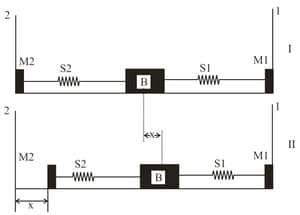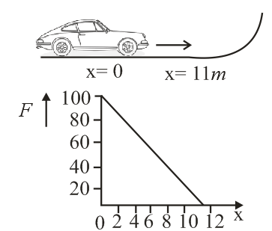Embibe Experts Solutions for Chapter: Work, Energy and Power, Exercise 4: Exercise-4
Embibe Experts Physics Solutions for Exercise - Embibe Experts Solutions for Chapter: Work, Energy and Power, Exercise 4: Exercise-4
Attempt the practice questions on Chapter 8: Work, Energy and Power, Exercise 4: Exercise-4 with hints and solutions to strengthen your understanding. Alpha Question Bank for Medical: Physics solutions are prepared by Experienced Embibe Experts.
Questions from Embibe Experts Solutions for Chapter: Work, Energy and Power, Exercise 4: Exercise-4 with Hints & Solutions
A body is executing simple harmonic motion. At a displacement , its potential energy is and at a displacement , its potential energy is . The potential energy at a displacement is
A block of mass is kept on a vertical spring of spring constant fixed from below. The spring is now compressed to have a length shorter than its natural length and the system is released from this position. How high does the block rise? Take
In a projectile motion, varies with time as in graph:
The force acting on a body moving along -axis varies with the position of the particle as shown in the figure.

The body is in stable equilibrium at
The graph between kinetic energy and velocity is :
A block is attached to two unstretched springs and with spring constants and respectively (see figure I). The other ends are attached to identical supports and not attached to the walls. The springs and supports have negligible mass. There is no friction anywhere. The block is displaced towards wall by a small distance (figure II) and released. The block returns and moves a maximum distance towards wall Displacements and are measured with respect to the equilibrium position of the block The ratio is

A toy car of mass moves up a rampíunder the influence of force plotted against displacement The maximum height attained is given by

A particle is taken from point to point under the influence of a force field. Now it is taken back from to and it is observed that the work done in taking the particle from to is not equal to the work done in taking it from to If and is the work done by non-conservative forces and conservative forces present in the system respectively, is the change in potential energy, is the change in kinetic energy, then
